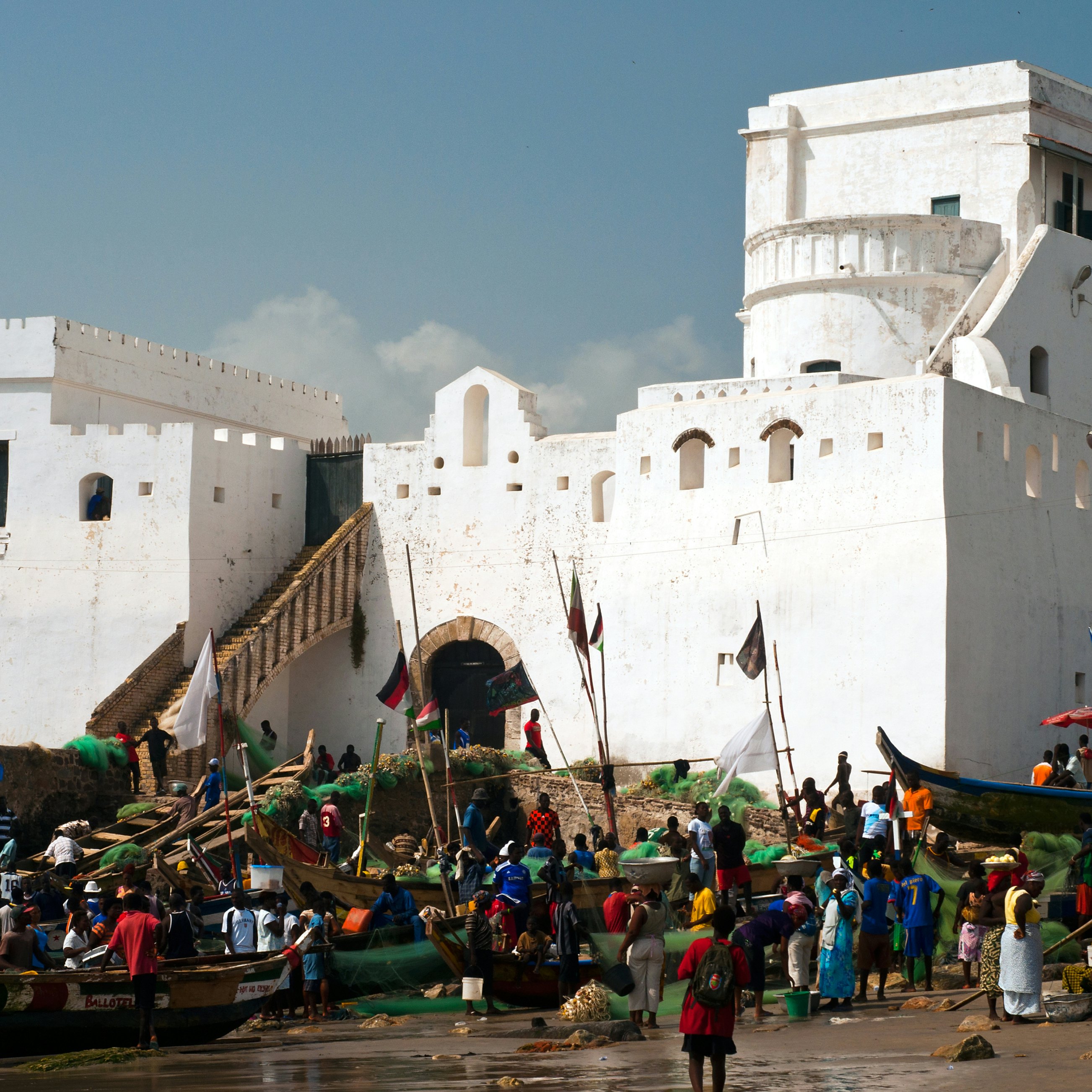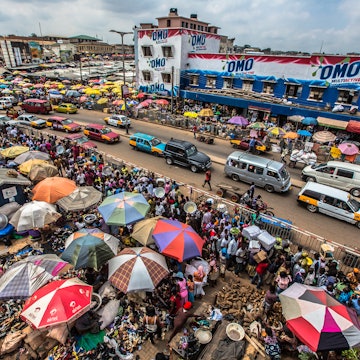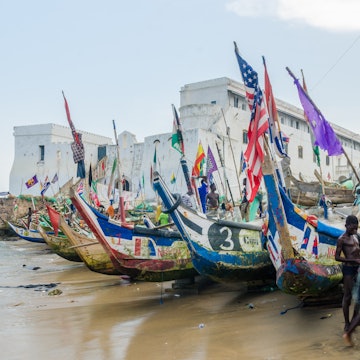

Overview
Suffused with the most incredible energy, Ghana is one of Africa's biggest attractions, with welcoming beaches, gorgeous hinterland, diverse wildlife and vibrant cities.
Plan your trip with Guide, an AI travel planner!
Create a personalized trip itinerary in seconds using artificial intelligence.
Must-see attractions
Planning Tools
Expert guidance to help you plan your trip
Best Things to Do
From national parks teeming with wildlife to fabulous festivals to gorgeous hiking trails, you'll find so much to enjoy in Ghana.
Read full article
Best Places to Visit
With stunning beaches, rich culture and vibrant cities, the West African country of Ghana has a colorful traditional heritage to explore.
Read full article
Best Time to Visit
Time your visit to Ghana with this guide to the best seasons and events.
Read full article
Things to Know
Whether you're a first-time visitor or returning once again, these tips will help you plan the perfect trip to Ghana.
Read full article
Transportation
Getting around Ghana can be tricky if you don't have some insider tips to help you along the way. Here's our guide to navigating this stunning country.
Read full article
Visa Requirements
Before you dive into Ghana's warm tropical waters, you may well need a visa. Here's how you go about getting one.
Read full article
Money and Costs
The gorgeous Ghanian countryside may look like a million dollars but you don't need to break the bank to vacation there. Here's how to do it on a budget.
Read full article
in partnership with getyourguide

















